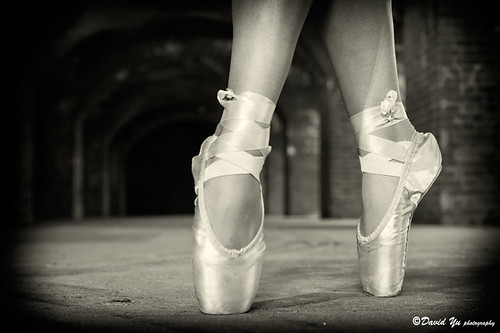As June gave way to July, religion had quite a week. First, a monument to the Ten Commandments that had just been erected in Arkansas by the innocuous-sounding American History and Heritage Foundation was demolished by an angry citizen. Alleged to have yelled ‘Freedom,’ as his car plowed into the three-ton stone sculpture, he made his opposition to the planting of religiously-themed statuary on public grounds dramatically clear, giving Moses, who had angrily dashed the Ten Commandments to the ground the first time around, a run for his money.

Ever since the 1950s, when the Fraternal Order of Eagles first set about depositing large-scale monuments to the Ten Commandments in the public square, some Americans have expressed grave concern at what they see as a violation of the First Amendment. In each instance, they’ve turned to the courts, couching their opposition in judicial terms.
It’s too early to tell whether what happened in Arkansas is an aberration or a portent of things to come. But one thing is already clear: Smashing the Ten Commandments is not the way to go.
Meanwhile, miles to the north, in D.C., a counter narrative has emerged, one that celebrates rather than pillories America’s relationship to religious expression. For the first time in more than a century, the National Museum of American History mounted an exhibition that explored the variety of ways in which the citizens of the early republic -- a polyglot lot, if ever there was one -- gave voice and shape to faith.
Curated by the estimable and widely-published Peter Manseau, “Religion in Early America” has something for everyone: George Washington’s christening robe, as pristine as a new-born babe; a first edition of the Book of Mormon; the easily-transportable wooden pulpit used by George Whitfield when preaching outdoors; a church bell produced by Paul Revere; a thirteen-page text in Arabic outlining the basics of Islamic practice and a Torah scroll that had been burnt by Hessian soldiers during the Revolutionary War, courtesy of Congregation Shearith Israel in New York. (The last item, I have to say, gave me pause: Why is the only object in the exhibition that represents the Jews in a state of complete and utter disrepair? I have no doubt that its deployment was well-intentioned; even so, viewers might associate Judaism with destruction, not a pleasing prospect.)
A jewel of a show, “Religion in Early America” is well worth a trip to our nation’s capital. Nothing if not timely, it reminds us that diversity and with it, freedom of expression, is our greatest asset.





